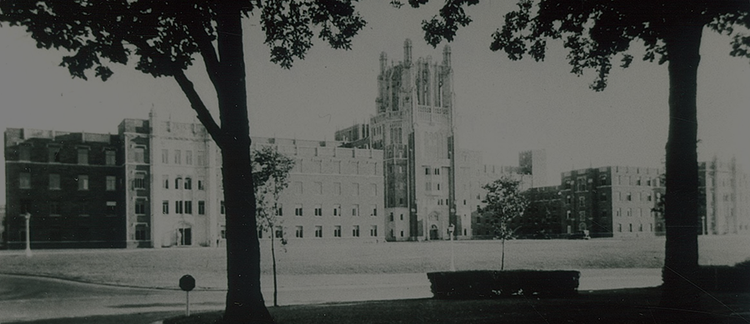Abstract
Objective: In the early months of the COVID-19 pandemic, the U.S. healthcare system reallocated resources to emergency response and mitigation. This reallocation impacted essential healthcare services, including cancer screenings.
Methods: To examine how the pandemic impacted cancer screenings at the population-level, this study analyzes 2018 and 2020 Behavioral Risk Factor Surveillance System (BRFSS) data to estimate the change in the proportion of eligible adults reporting a recent cancer screen (mammogram, pap smear, colon/sigmoidoscopy, blood stool test). All analyses accounted for response rates and sampling weights, then explored differences by gender and rurality across 12 Midwestern states.
Results: We found that the proportion of adult women completing a mammogram declined across all states (-0.9% to -18.1%). The change in colon/sigmoidoscopies, pap smears, and blood stool tests were mixed, ranging from a 9.7% decline in pap smears to a 7.1% increase in blood stool tests. Declines varied considerably between states and within states by gender or metro/urban/rural status.
Conclusions: The COVID-19 pandemic led to delayed breast, cervical, and colorectal cancer detection services. Policymakers should aim to advance cancer control efforts by implementing targeted screening initiatives.
Keywords: cancer, COVID-19, prevention, screening, rural health
How to Cite: Semprini J. How did the COVID-19 Pandemic impact self-reported cancer screening rates in 12 Midwestern states? Proc Obstet Gynecol. 2022;11(2): Article 2 [ 9 p.]. Available from: https://pubs.lib.uiowa.edu. Free full text article.
Downloads:
Download PDF
View
PDF
Download Supplement
View
PDF


